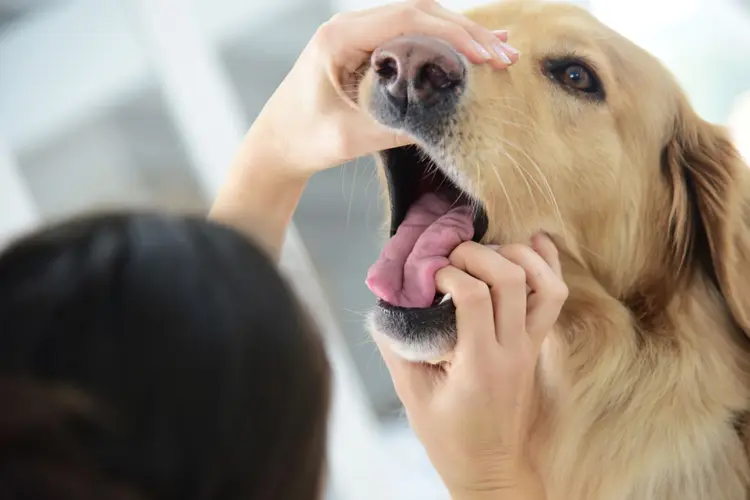
carafate for dogs. Overview of Sucralfate for Dogs and Cats
Overview of Sucralfate for Dogs and Cats
Sucralfate, commonly known by the brand name Carafate®, is utilized in treating and preventing ulcers in the oral cavity, esophagus, stomach, and intestines of dogs and cats. Stomach ulcers and erosions are relatively frequent issues arising from conditions such as kidney failure, stomach bloat, steroid treatment, NSAID use, and various stomach diseases.
Drug therapy, including sucralfate, is often necessary to heal these ulcers and avert further complications. Although the precise mechanism by which sucralfate prevents ulcers is not fully understood, it is believed to react with stomach acid to form a protective paste that adheres to ulcerated areas, functioning as a protective “Band-Aid.” Sucralfate is a prescription medication, available only through veterinarians, and while it is not FDA-approved for animals, it is legally prescribed off-label by veterinarians.
Brand Names and Other Names of Sucralfate
This drug is registered exclusively for use in humans. The human formulation is known as Carafate® and is manufactured by Hoechst Marion Roussel. Currently, there are no veterinary-specific formulations available.
Uses of Sucralfate for Dogs and Cats
Sucralfate is employed in the treatment and prevention of ulcers in the oral cavity, esophagus, stomach, and intestines. It aids in the healing of ulcers or erosions, which are shallow depressions in the stomach lining. Additionally, sucralfate can be beneficial in preventing gastritis—stomach inflammation caused by ulcerogenic drugs such as aspirin. It is also used in managing acid reflux disease to help minimize injury to the esophagus.
Precautions and Side Effects
carafate for dogs
While sucralfate is generally safe and effective when prescribed by a veterinarian, it can cause side effects in some animals. It should not be used in pets with known hypersensitivity or allergy to the drug. Additionally, sucralfate may interact with other medications, such as tetracycline, cimetidine, and digoxin, so it’s important to consult with your veterinarian to identify any potential interactions. Mild constipation, usually temporary, can also occur as a side effect.
How Sucralfate Is Supplied
carafate for dogs
Sucralfate is available in two forms: 1 gram (1,000 mg) scored tablets and a 1g/10 ml suspension.
Dosing Information of Sucralfate for Dogs and Cats
Medication should never be administered without first consulting your veterinarian. If you’re concerned about medication costs, consider exploring how pet insurance might help. The typical dosage for animals ranges from 1/4 to 1 gram per pet.
Small dogs and cats generally receive 1/4 to 1/2 gram every six to eight hours, while medium to large dogs usually get 1/2 to 1 gram every six to eight hours. Sucralfate is most effective when given on an empty stomach—one hour before or two hours after a meal. The medication dissolves readily in water, and oral dosing can be done by mixing the tablet with water in a syringe. The duration of treatment depends on the condition, the pet’s response, and any potential side effects.
Ensure you complete the full course of treatment as prescribed by your veterinarian to avoid relapse or resistance, even if your pet appears to be better.

